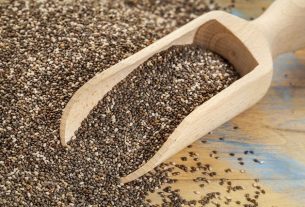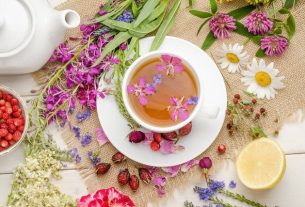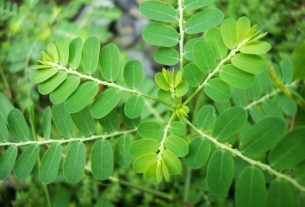Rhubarb is an edible plant that has also been used for medicinal purposes, as it has a powerful stimulating and digestive effect, used mainly in the treatment of constipation, due to its composition rich in sennosides, which provide a laxative effect.
Furthermore, rhubarb has anti-inflammatory and antioxidant properties that help reduce blood cholesterol and blood pressure, as well as improving memory and preventing diseases such as dementia or Alzheimer’s.
This plant has an acidic and slightly sweet flavor and is generally consumed cooked or as an ingredient in some culinary preparations. The part of rhubarb used for consumption is the stem, because the leaves can cause serious poisoning as they contain concentrated oxalic acid, and should only be used under the guidance of a doctor or nutritionist.
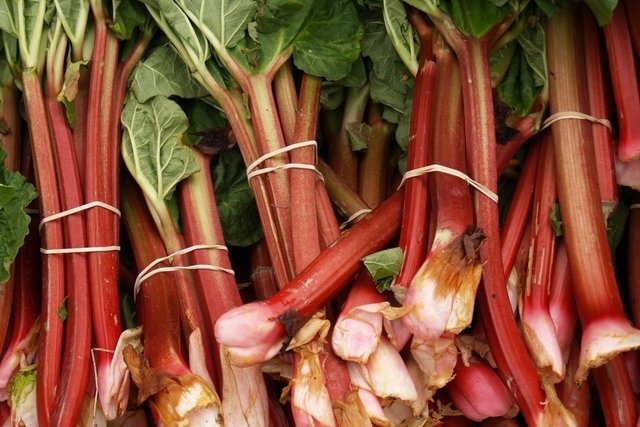
What is it for
Consuming rhubarb can bring several health benefits, the main ones being:
1. Lower cholesterol and triglycerides
Rhubarb has an effect on body fat, helping to control and reduce the effect of LDL cholesterol and triglycerides in the blood, preventing the development of diseases such as atherosclerosis, stroke and heart attack.
2. Control blood pressure
As it contains antioxidants with anti-inflammatory effects and is rich in potassium, a mineral that helps relax blood vessels, rhubarb helps to promote the passage of blood through the arteries, improving circulation and controlling blood pressure.
3. Keep your brain healthy
Rhubarb is rich in antioxidants, selenium and colida, which help improve memory and prevent neurodegenerative diseases, such as Alzheimer’s and senile dementia.
4. Relieve constipation
Rhubarb contains substances such as anthraquinones, which promote intestinal function, accelerating intestinal transit for the release of feces, being useful in case of constipation.
However, as rhubarb is rich in tannins, when consumed in small quantities, it can have an astringent action, helping with diarrhea.
5. Improve bone health
Rhubarb is rich in vitamin K, a vitamin necessary for the production of osteocalcin, a protein whose function is to fix calcium in bones, being essential for the normal development of bones, helping to prevent osteoporosis.
6. Improve digestion
Rhubarb increases the flow of bile in the intestinal tract, helping with the digestive process, which is interesting for people who have digestive disorders, such as cramps, abdominal bloating and gas.
Furthermore, by improving pancreatic and liver functions, this plant can be used as a complement to the treatment of acute pancreatitis or liver diseases, as long as indicated by the doctor.
7. Prevent aging
Rhubarb is a natural antioxidant that neutralizes free radicals, preventing the oxidation of the body’s cells, delaying the appearance of signs of aging, such as the formation of wrinkles, for example.
8. Control menopause symptoms
Rhubarb contains in its composition a substance with properties similar to estrogen, which helps control the symptoms of menopause, such as hot flashes, anxiety and irregular menstruation, for example.
Nutritional composition
The following table provides nutritional information for 100 grams of raw rhubarb:
It is important to mention that to obtain the benefits of rhubarb, you must have a healthy and balanced diet and practice physical activity regularly.
Make an appointment with a nutritionist for better guidance on how to include rhubarb in your daily diet:
Taking care of your health has never been easier!
How to use
Rhubarb can be consumed raw, cooked, in the form of tea or added to recipes such as cakes and sweets. Consuming it cooked helps reduce the oxalic acid content by around 30 to 87%.
If rhubarb is placed in a very cold place, such as the freezer, oxalic acid can migrate from the leaves to the stem, potentially causing problems for those who consume it. Therefore, it is recommended that rhubarb be stored at room temperature or under light refrigeration.
Rhubarb can also be found in the form of capsules, powder, tincture or concentrated extract, and its use should be guided by a doctor, nutritionist or herbalist.
1. Rhubarb tea
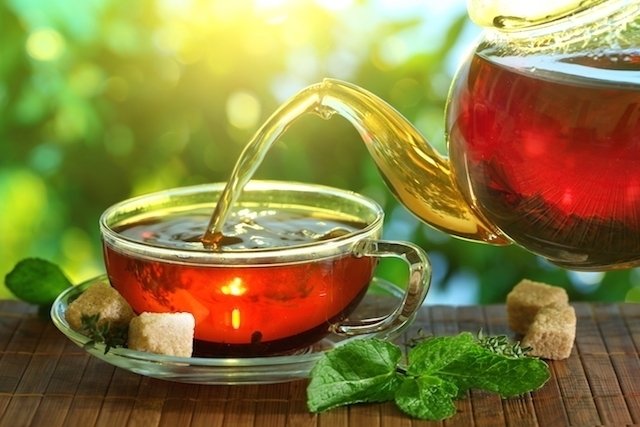
Rhubarb tea can be prepared as follows:
Ingredients
- 500 ml of water;
- 2 tablespoons of rhubarb stem.
Preparation mode
Place the water and rhubarb stalk in a pan and place over high heat. Once it boils, lower the heat and cook for 10 minutes. Strain and drink hot or cold and without sugar.
2. Orange jelly with rhubarb
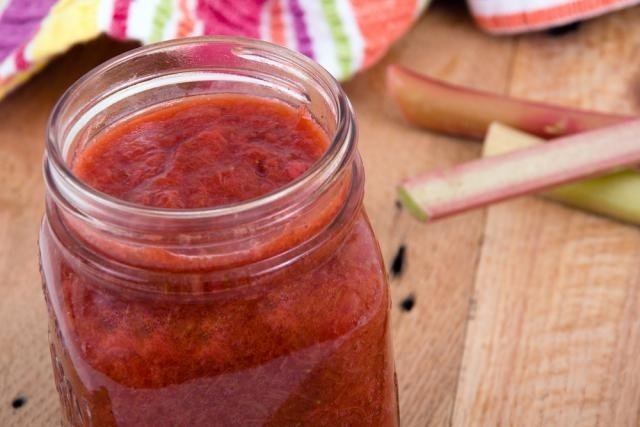
Ingredients
- 1 kg of chopped fresh rhubarb;
- 400 g of sugar;
- 2 teaspoons of orange peel zest;
- 80 ml of orange juice;
- 120 ml of water.
Preparation mode
Place all the ingredients in a pan and heat until the water boils. Then, lower the heat and cook for 45 minutes or until thickened, stirring occasionally. Pour the jelly into covered sterile glass jars and store in the refrigerator when cold.
Possible side effects
Rhubarb poisoning can cause severe and persistent abdominal cramps, diarrhea and vomiting, followed by internal bleeding, convulsions and coma. These effects were observed in some studies with animals that consumed this plant for around 13 weeks, therefore it is recommended that it is not consumed for a prolonged period of time.
Symptoms of rhubarb leaf poisoning can cause decreased urine production, excretion of acetone in the urine, and excess protein in the urine (albuminuria).
Who shouldn’t use
Rhubarb is contraindicated in people with hypersensitivity to this plant, in children and pregnant women, as it can cause miscarriage, in women during their menstrual period, in babies or in people with kidney problems.

Sign up for our newsletter and stay up to date with exclusive news
that can transform your routine!
Warning: Undefined array key "title" in /home/storelat/public_html/wp-content/plugins/link-whisper-premium/templates/frontend/related-posts.php on line 12
Warning: Undefined array key "title_tag" in /home/storelat/public_html/wp-content/plugins/link-whisper-premium/templates/frontend/related-posts.php on line 13

